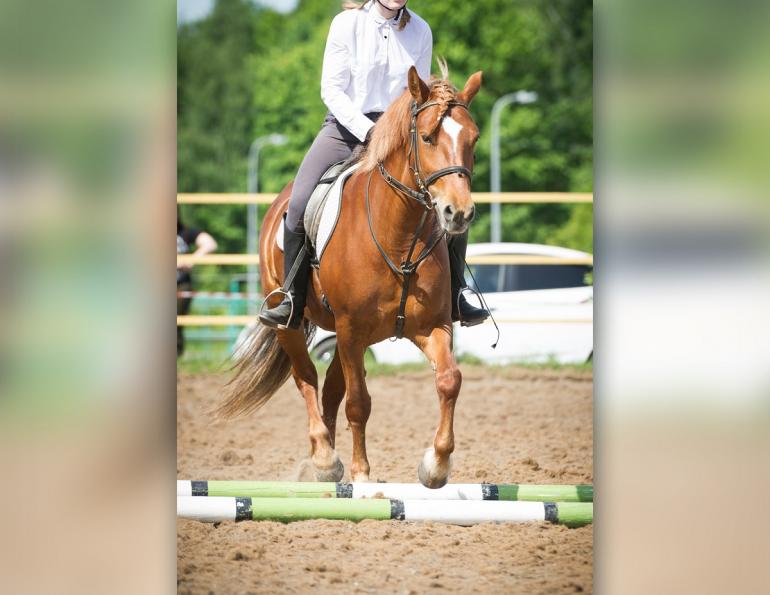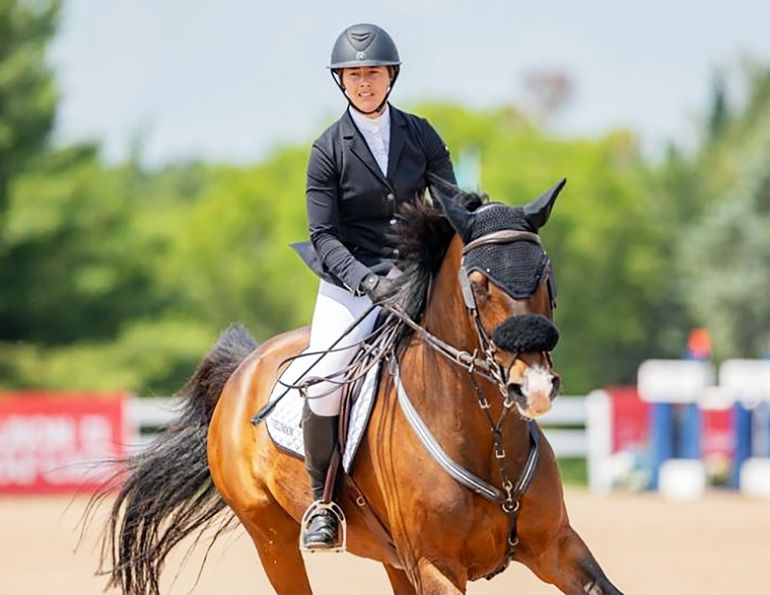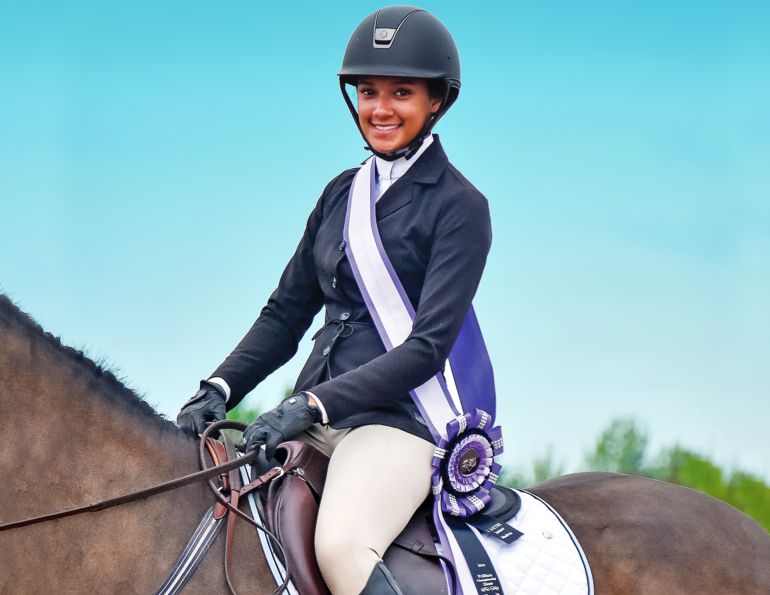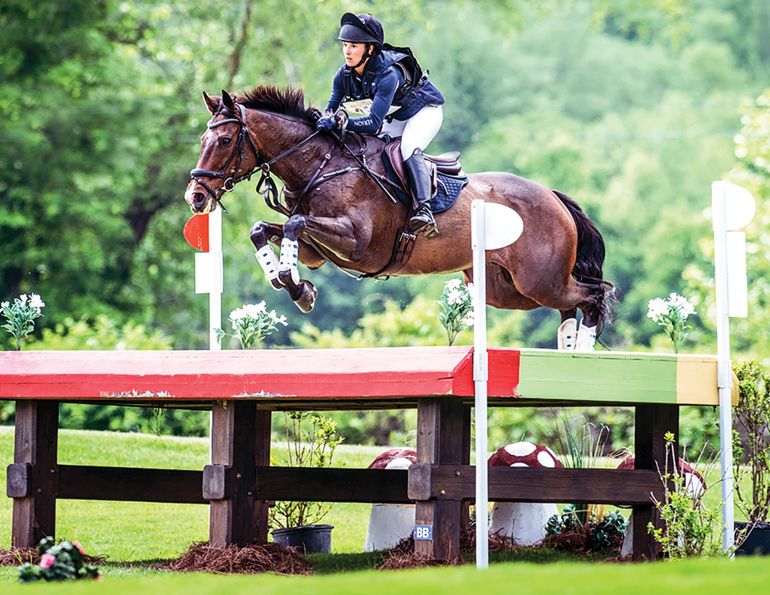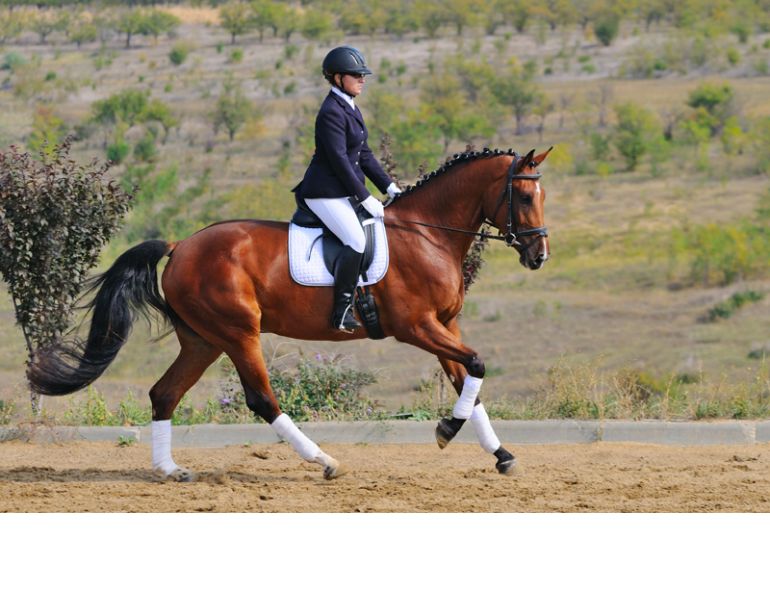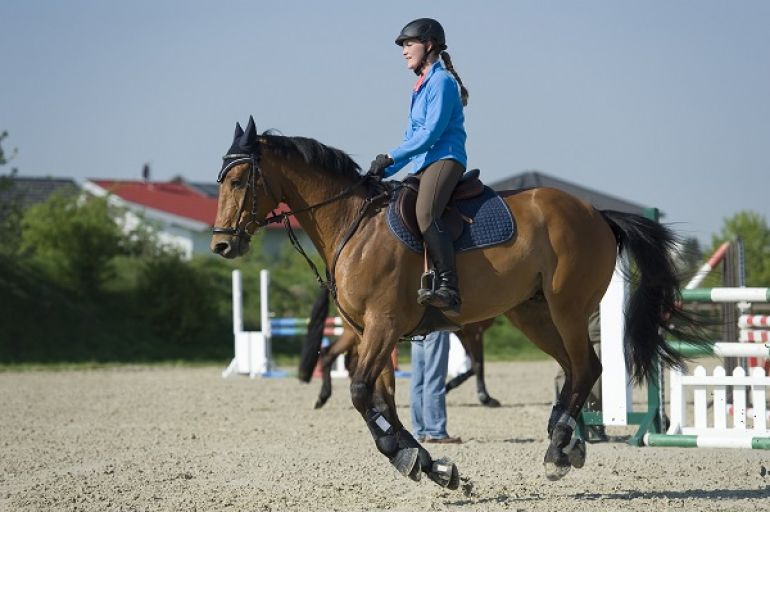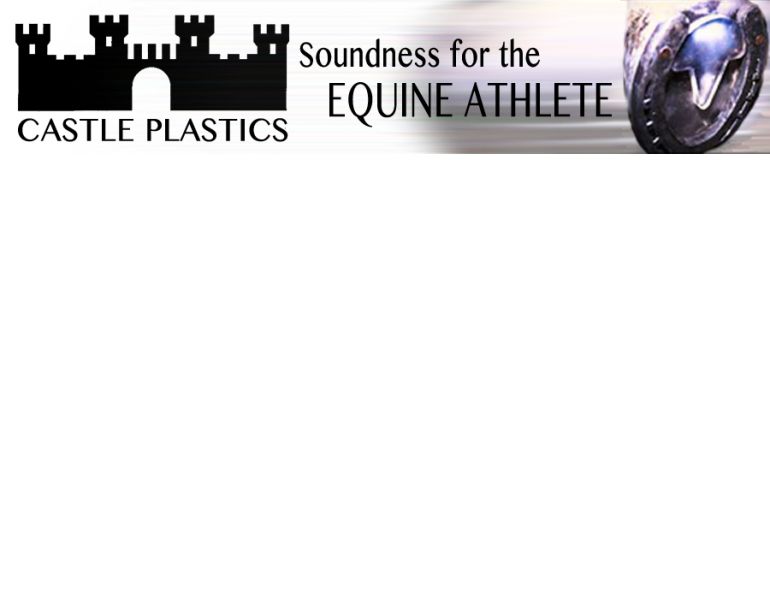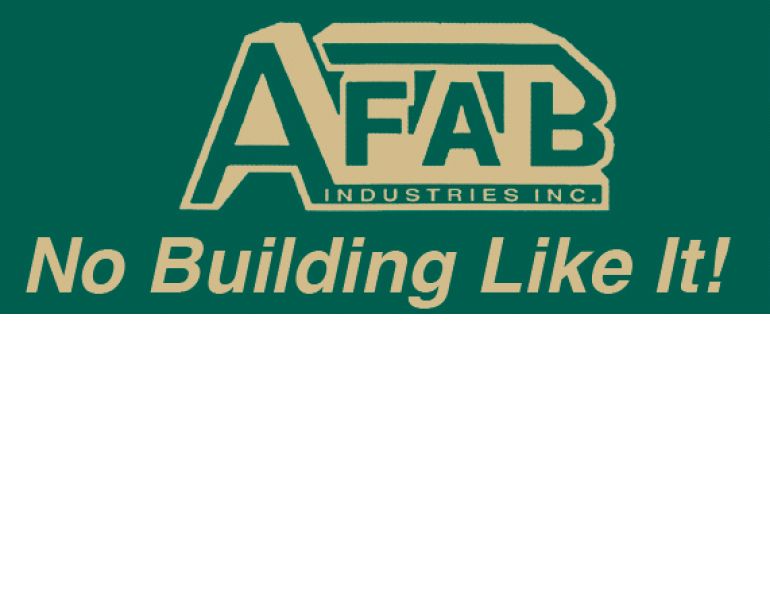By Li Robbins
There’s a reason some call it “stressage.” Like ballet, dressage is an art form that balances grace with strength and athleticism, a feat demanding extraordinary mastery of the body. Unlike ballet, in dressage that feat is dependent on cooperation between members of two different species — cue the stress! And when riders are stressed, so are the horses. As a result, riders sometimes turn to dubious methods in an attempt to gain control of their equine partner.
In an era of growing awareness of horse welfare, dressage has been under the microscope. Case in point: in Danish TV2’s 2023 “Operation X” broadcast “Secrets of the Horse Billionaire,” an undercover journalist, working as a groom for Helgstrand Dressage, uncovered significant ill-treatment of horses. The exposé resulted in Olympic medallist Andreas Helgstrand being banned from riding on the Danish national dressage team until at least 2025 — after the Paris Olympics.
More recently, American grand prix rider Cesar Parra was provisionally suspended by the Fédération Équestre Internationale (FEI) after videos emerged of him “training” horses in ways described by the FEI as “disturbing and abhorrent.” But the issue isn’t just about individual bad actors. It’s about the beliefs humans hold when it comes to the needs and rights of horses.
Enter Karen Rohlf. Her approach, dubbed “Dressage Naturally,” prioritizes a horse’s happiness over performance and competition. It focusses on making learning dressage enjoyable for both rider and horse and emphasizes healthy biomechanics. Rohlf, a former dressage competitor at the grand prix level, reminds us that dressage is meant to be for the horse, improving balance and freedom of movement as the horse learns to carry a rider with ease, a goal that doesn’t always equate to the highest scores come show day.
Related: Adventures in Bitless Riding
“Competitive riding is a skill that ought to be layered on top of artful training,” says Rohlf, “but too often the techniques are different. Competition riding is often about getting it to look like it’s working even if it isn’t — make it look better NOW. Training is the art of riding today so tomorrow is better.”
The competitive world is “a tough place to do right by horses,” Rohlf says, something that demands a willingness to not let external pressures (e.g., sponsors, money, wins) lead to decisions that are bad for horses. Most of all, doing right by a horse means letting go of what Rohlf calls “the assumption of obligingness,” the belief that horses should work for us. Embracing this point of view means acknowledging that horses don’t inherently owe humans a thing; that it’s up to the rider to inspire the horse.

Riding bitless with Hotshot. Contrary to the common opinion that horses should work for their riders, Rohlf believes it’s up to the rider to inspire the horse. Photo courtesy of Dana Rasmussen
“Too many dressage riders struggle pushing their low-energy horses around a dressage arena with bigger and bigger spurs and more and more leg when simply doing the same movements or exercises in a field or along a trail will naturally inspire much better results,” she says, citing one example.
The concept of “relationship first, dressage second” has considerable appeal, as evidenced by Rohlf’s growing number of followers, including those listening to her podcast, Horse Training in Harmony, rated by Listen Notes in the top one percent of all podcasts globally. Part of her appeal lies in her delivery — she speaks to listeners as though confiding in a friend — not to mention that she does so with a healthy helping of humour. Her ability to lighten the stress around training dressage is one of the keys to her success.
Related: Movement Science of Horses
Take Rohlf’s “Dressage Training Scale for Happy Athletes,” for instance. The traditional dressage training scale, developed in the 20th century from a German calvary manual, begins with “rhythm” followed by suppleness, contact, impulsion, straightness, and collection. Rohlf’s scale, on the other hand, starts with the word “happy,” followed by harmony, communication, and techniques — only then addressing “dressage.”

Creating a happy equine athlete starts with the concept of “relationship first, dressage second” and a consent-based approach tailored to training the individual horse. Photos courtesy of Dana Rasmussen
Underlying any hint of whimsy is a serious message. The phrase “happy athlete” itself comes from the FEI dressage rule book — or at least it did until recently. Prior to the publication of FEI Dressage Rules 2024, article 401 stated that “the object of Dressage is the development of the Horse into a happy Athlete through harmonious education. As a result, it makes the Horse calm, supple, loose, and flexible, but also confident, attentive, and keen, thus achieving perfect understanding with the Athlete.” As of this year that wording, while existing elsewhere in FEI literature, is no longer in the rule book.
“An obvious downgrade in my opinion,” says Rohlf. “Perhaps the FEI is stating that it believes the art of dressage and competitive dressage are, indeed, two separate and unreconcilable things. That would be a shame. I do believe it is possible to perform the art of dressage inside a competition arena.”
Related: Tiffany Foster Symposium - Making Riders Think
In Rohlf’s view, and the view of others concerned with horse welfare, both art and sport would benefit by being open to evolving ideas about what is and isn’t acceptable tack and equipment. There is, in fact, some movement in that direction — notably the recent decision making spurs at FEI competitions optional. But other, more dramatic changes have been met with resistance. For example, the World Bitless Association’s formal request, in 2023, that the FEI allow bitless bridles in competition, was rejected.
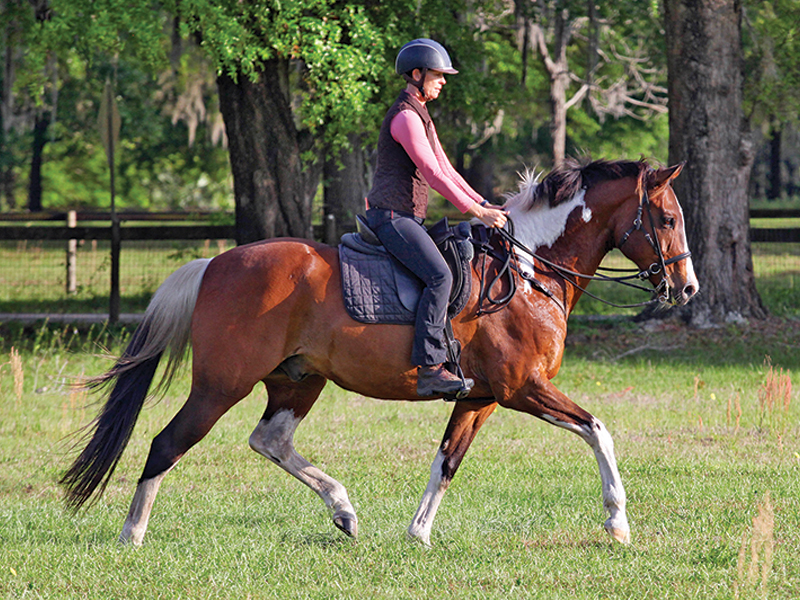
“Competitive riding is a skill that ought to be layered on top of artful training,” says Rohlf. Photo courtesy of Dana Rasmussen
Rohlf, who rides both bitless and not, says that when she asked a top FEI judge about allowing bitless bridles, she was told it would require “too much work” to rewrite the dressage section of the rule book, a response she views as “a big cop out.”
“A question I like to ask is whether bitless is an advantage or a disadvantage. If they can’t definitively answer that question then it is neither, so why not allow it and the scoring will work itself out…? All the qualities of dressage, including the connection through the reins, can be assessed with or without a bit. It requires artful training and decision-making to do dressage well with either.”

Rohlf believes that the qualities of dressage can be assessed with or without a bit. Photo courtesy of Dana Rasmussen
If not bits, then perhaps nosebands will be the next frontier. While proponents of noseband use suggest they are needed to stabilize the bit (something Rohlf disputes), all too often in dressage nosebands are cranked tight in order to keep the horse’s mouth shut. Keeping the horse’s mouth shut may also prevent that horse from licking, chewing, and swallowing, while putting painful pressure on a delicate facial structure. Rohlf sees no good reason to use nosebands — and doesn’t.
Related: The Science of Tack and Training Aids
But most of life is not lived inside the competition arena, notes Rohlf, meaning that as an individual horse person you have the power to lay the groundwork for “a happy athlete” before you even get into the saddle. Choose to focus on your horse’s fundamental needs such as “The Three Fs” (access to forage, freedom, and friends). When it comes to training, tailer your approach to your individual horse, a.k.a. consent-based training.
“Consent is an important concept for the modern equestrian to understand,” says Rohlf. “It requires self-control from the human as well as a willingness to adjust one’s plans. In the moment it may require more time to get what you want done, but the trust built through making things a good experience will often make it go much more quickly and easily in future.”
Consent-based training is sometimes misunderstood as “letting the horse get away with something,” says Rohlf, while in reality it is about listening to the horse and giving them “a voice and some choice.” For example, if a horse is resistant to having a fly mask put on, rather than reprimanding her or holding her head down, a consent-based approach would be to consider how to make the process more palatable for that specific horse — an attitude requiring “compassion and curiosity.”
That said, putting on a fly mask is not training a horse to piaffe. Rohlf points out that by the time you’re teaching dressage movements a consent-based foundation will have created a deep understanding of your horse. This in turn will help you to easily gauge your horse’s reactions, such as whether resistance is based in fear or lack of understanding or physical ability, rather than concluding, as some do, that the horse is simply saying “I won’t.” Embracing consent-based training makes training dressage “a dance in connection rather than a wrestling match.”
No doubt there are some who view Rohlf’s approach to dressage — and to horse training in general — as neglecting to take into account some of the challenging physical realities of training a 1,200-pound prey animal, but Rohlf would disagree.

The “Dressage Naturally” approach prioritizes the happiness of the horse over performance and competition. Photo courtesy of Dana Rasmussen
“Of course I don’t live in a magical unrealistic Disney movie,” she says. “There are rules and boundaries that keep us and the horses safe. And I don’t think any horse wakes up and says ‘Ooo, please do dressage with me.’ But I do believe we can train in a way that is as generous to the horse as possible. And when a horse really does engage mentally, emotionally, and physically with what you have taught him, it is amazing!”
Related: PODCAST - Best Horse Practices with Karen Rohlf
Related: May I? The Role of Consent and Permission with Horses
Main photo courtesy of Dana Rasmussen





